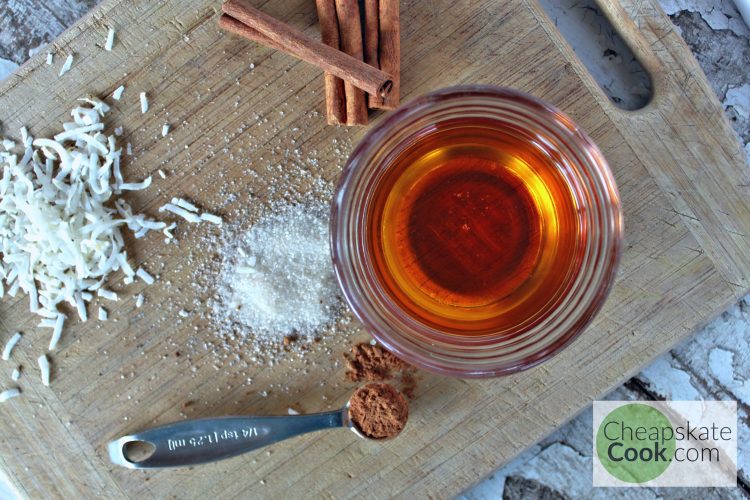
A couple months after my husband and I got married, we decided to do something crazy. We were young, kid-free, and we had a bunch of money squirreled away from our wedding.
Chris is Greek, and some of his family still lives there – tucked into their remote hill village where everyone raises sheep and harvests olives. We packed everything we owned into a storage unit, threw some clothes into a suitcase, and flew to Greece for 2 months.
It was glorious and messy, fun and awkward. Our family treated us like long lost grandkids. We explored the countryside and never ate enough to satisfy them. We also ate gobs of golden honey.
Our aunt and uncle are beekeepers, so one day they took us to their farms. After gearing up, we watched as they cared for their bees.
For weeks, we’d been enjoying the sticky nectar in our tea and on our tigonitas . Seeing where it came from was a game changer.
I think we should all be mindful of where our food comes from. The food industry is a beast that is hard to understand, and it’s difficult to learn whether your food is actually healthy.
On the other hand, we don’t to develop anxiety over what we’re eating and crawl into a hole and starve.
Let’s shoot for balance.
What We Eat & How We Save:
Today for How to Build your Frugal Kitchen (with Real food), I’m talking about sweets. I try really hard to make mindful decisions about our sweeteners, but I’m also going to put most of my money into quality meat, fruits, and vegetables. No sweetener is as nutritious as fruits and vegetables, so the goal is to lower my intake of sweets in general.
Fair Trade Pure Cane Sugar
Our local Aldi and Walmart sells Zulka Morena Evaporated Cane Juice (this is an affiliate link, which means I receive a small compensation if you make a purchase using the link. You can view my full disclosure policy here.) at the best prices I’ve ever seen. It’s fair trade and non-GMO certified, so it doesn’t support slavery. Which you think wouldn’t be a thing in our world anymore, but it is. I try to support companies that are intentional about how their products get to them. I’m not saying it’s the best sweetener. It is still sugar. However, it’s a step up from regular cane sugar.
There are a ton of granulated sweeteners – turbinado, evaporated cane juice, sucanat, coconut sugar, maple sugar, etc. Each has its own pros and cons.
Raw Local Honey
I buy it by the gallon, not just because I miss Greece and my theo and thea. Raw, local honey is supposed to be one of the “healthiest” sweeteners, as long it’s consumed raw. I use it in tea, oatmeal, and sometimes on pancakes or in baked goods.
Maple Syrup
Not pancake syrup – real maple syrup. We also buy this by the gallon. We buy from a small family farm that sells to a lot of restaurants, so we get a deal. I use it in all the ways you would expect to use maple syrup. Also, in baking. Aldi carries this at a pretty good price.
Blackstrap Molasses
Molasses is supposed to be super nutritious, but it has a really strong flavor. I only use a little bit to supplement maple syrup or honey or when recipes call for it.
There are about 543 kinds of sweeteners out there, and many of them are delicious and extremely expensive. These are the sweeteners I buy to balance nutrition and cost.
What About You?
What kinds of sweetener do you use, and how do you keep it cost effective?
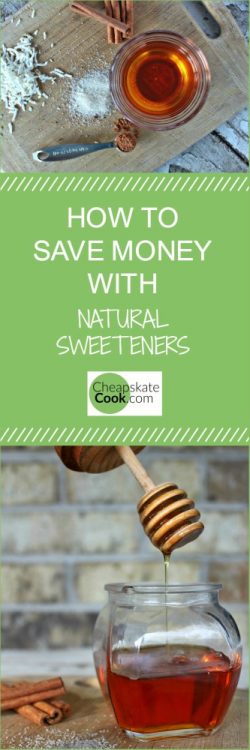

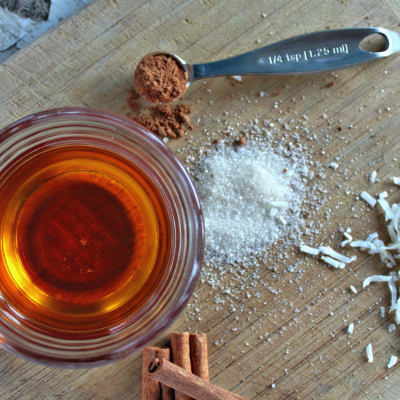
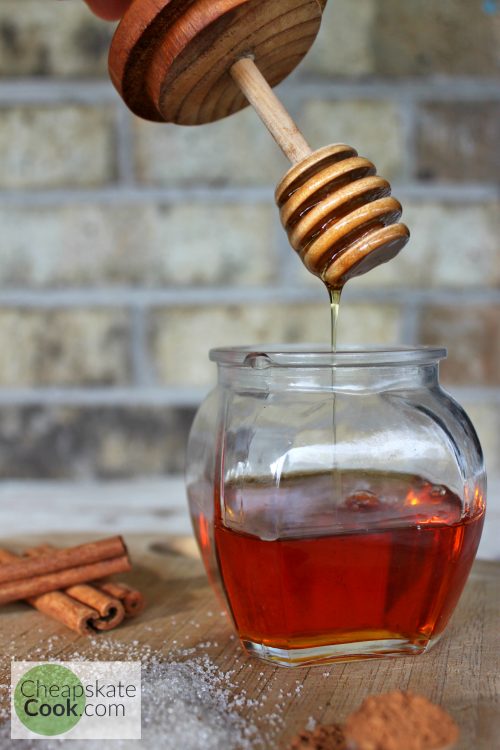
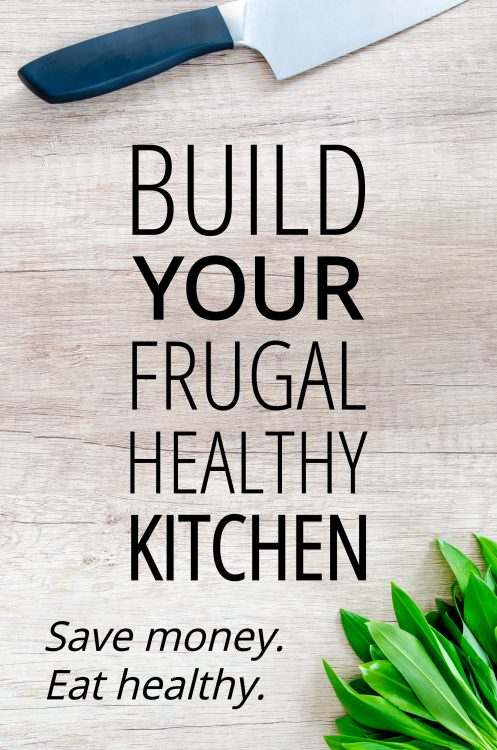
What a great post! I am all about natural sweeteners and love to find any ways I could save money. I love using raw local honey!
Thanks, Jordan. Raw honey FTW!
Love your story! What a wild and exciting way to kick off married life — and heck, why not?
Anyway, I love this piece, because screw sugar. But also screw the trendy replacements people want to shove down our throats. I’m big on using maple syrup instead (probably because I’m Canadian, eh?), and raw honey once in a while. I love molasses, but never think to use it. I need to start!
Thanks for this tidbit. It was a fun and educational read.
Haha – “Why not?” pretty much summed up our reasons for going. I feel the same way! I try to steer clear of all the trendy stuff and just eat healthy, which means less sweets anyway, haha.
This is such a helpful article. Thanks for your information.
You’re welcome, Ginny!
I buy maple syrup by the gallon as well, it works out so much cheaper! I haven’t seen raw honey for sale anywhere but I will keep an eye out for it seeing as it is so much better for you than regular sugar.
Hi Hannah! The best place I’ve found raw local honey is at the Farmer’s Market. The little jars are way overpriced, but if you buy it by the gallon, it’s more reasonable.
Such a helpful post. I love getting pure maple syrup at Trader Joe’s and find they have great prices!
oh that’s right! Trader Joe’s is where I used to buy it before Aldi carried it. Thanks for the reminder!